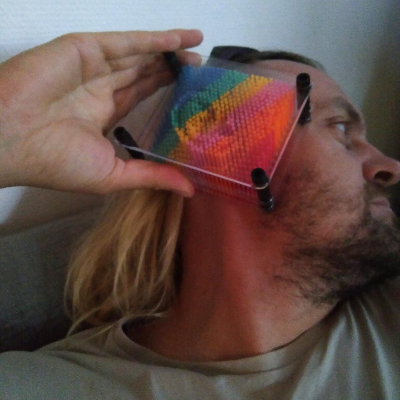I’m starting to think about diversifying my energy prodution. I have a solar panel array (5kWp) on the roof for a year now. I see that adding more panels does not make much sense as the production in summer as is is already hard to consume it all, and in winter the production is rather symbolic while consumption is through the roof.
So I thought of looking into wind turbines. There is plenty of wind the whole year where I live. But, rather then buying a big 5kW turbine which is quite expensive on its own (plus a pole and all the other stuff) I thought, how about using multiple small turbines (up to 1kW) connected together, similar to how solar panels are. Either into one inverter or using microinverters. Does anyone have any interesting links to follow or some experience in similar setups?


Thanks a lot for the input. I live in NL (so pretty flat) and also have quite some open spaces around the house. This does provide quite some winds (usually north and south) so this is why i tought about it in the first place. As mentioned below, I plan to setup two weather stations in two potential places. I want to monitor it for the duration of the year to have good insight into what winds am I dealing with.
I was just wondering if such idea, of putting like 5-8 smaller wind turbines connected to inverter/microinverter and then to the grid (so autoconsuming or pushing to the grid when not enough consumption). I was wondering if this is something people do as I did not see much when searching the web. Most people use it to charge batteries.
Regarding the connection scheme - I have not come across wind power inverters with multiple inputs. I think they are rare.
I think people solve the problem of multiple generators either with:
Basing on intuition, I would pick the latter option. I think it might result in a less complex system.